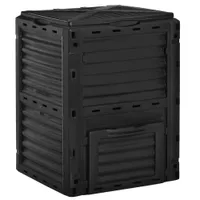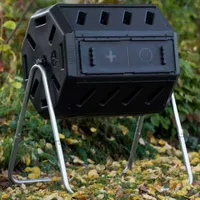Composting mistakes – 6 errors to avoid for a successful result
Avoid these common errors when making this valuable garden material for your pots, borders, and more
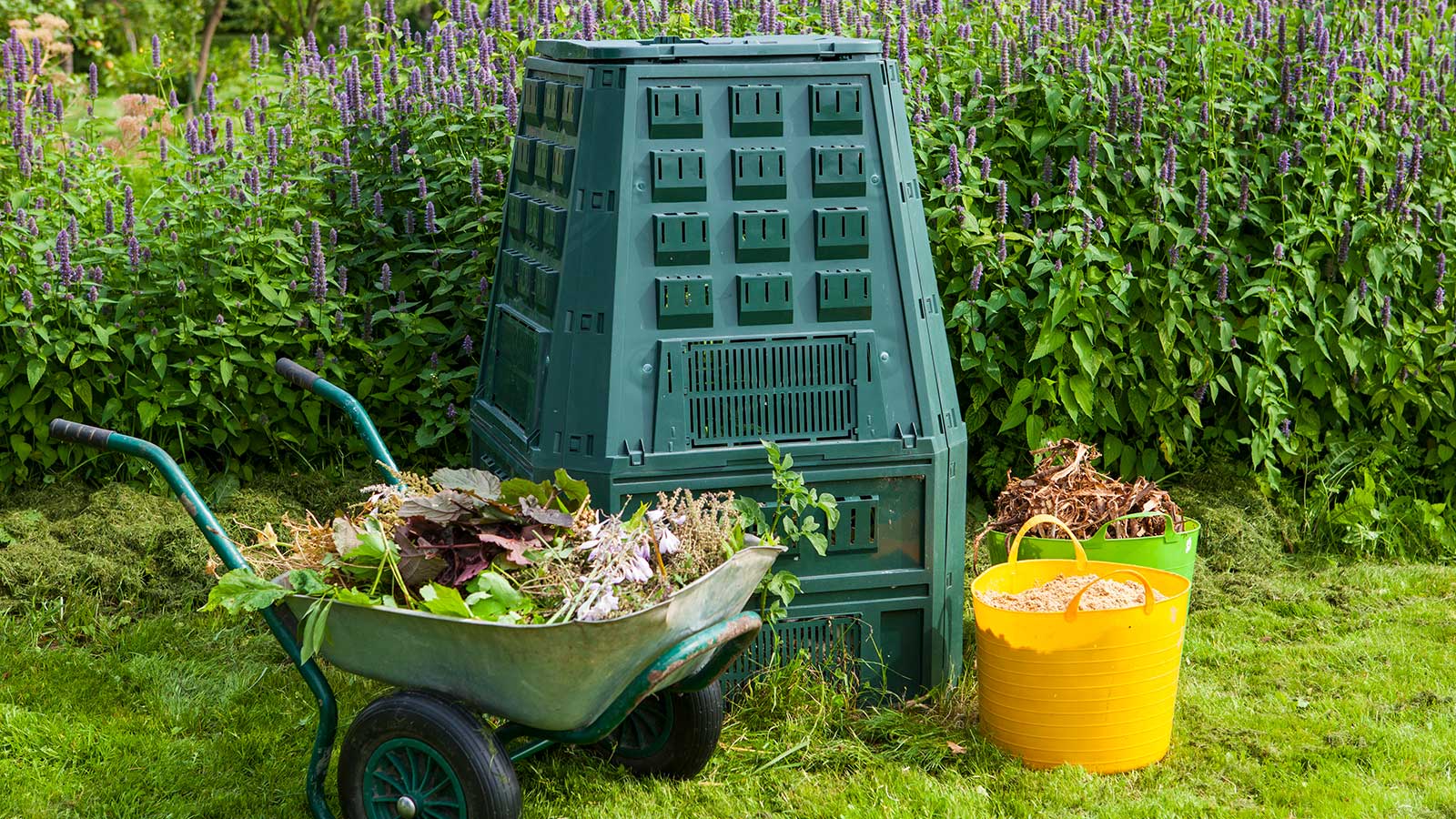

Composting is a great way to keep food scraps and plant clippings out of the landfill, while creating a valuable garden resource for free. However, getting the process right is a bit of a science and some problems can arise.
For instance, your bin may be taking much longer than expected to produce a usable amount of compost. Or, the heap inside may start to smell bad, or look a little slimy. There are also practical errors that are often overlooked, such as putting the heap somewhere that's tricky to reach. But all composting problems can be avoided with the right know-how, which is where this guide can help.
6 mistakes to avoid when making compost in your backyard
Get great results for your garden with these expert tips.
1. Adding the wrong materials
One of the key factors to a healthy and successful compost heap is adding the right ingredients. Raw fruit-and-veggie scraps, cardboard, coffee, and (some) garden clippings are all good additions. There are also more unusual composting materials you can add to your heap – nail clippings and pond algae, for instance. However, some ingredients are best avoided.
Ben Hilton, the Founder and Editor of The Yard and Garden notes how not all organic materials are suitable for composting. 'Avoid adding meat, dairy, fats, and oils, as they can attract pests and produce foul odors,' he says (these shouldn't be added to worm compost bins, either). 'Additionally, refrain from composting diseased plants or those treated with pesticides, as they can introduce harmful pathogens or chemicals to your compost pile.'
Ben also warns against adding cooked food to your compost, explaining that any oil it may contain will attract rodents and create a breeding ground for pathogens.

Ben's horticultural interest grew when graduating from Hertfordshire University in 1997. Since then he’s enjoyed growing, landscaping, and designing with an increasing passion for houseplants and the kitchen garden. Ben has contributed to numerous publications including Better Homes & Gardens, Garden Design Magazine and The English Garden. He is also the Founder and Editor-in-Chief of two popular gardening websites – The Yard and Garden and The Gardening Fix – which provide valuable insights, tips and advice on everything from plant care to landscape design. Ben is also the author of the book Propagating Houseplants Made Easy.
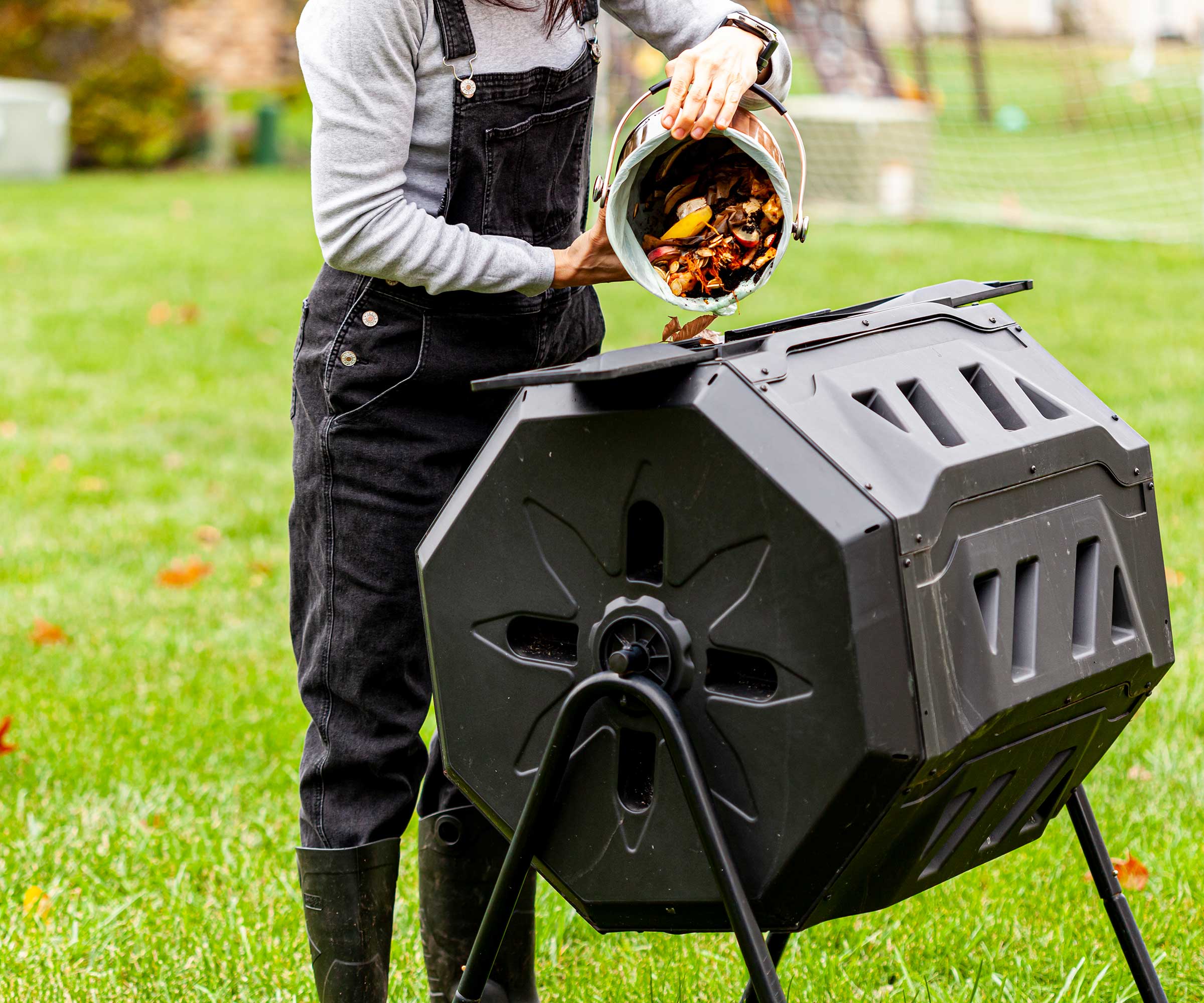
The right ingredients are essential for successful composting
2. Getting the ratio wrong
It's not just about using the right composting materials. To maintain a healthy heap, you also need to think about how much of each material you're adding at a time.
Design expertise in your inbox – from inspiring decorating ideas and beautiful celebrity homes to practical gardening advice and shopping round-ups.
'A well-balanced compost pile should have a carbon-to-nitrogen (C:N) ratio of about 25-30:1,' Ben says. 'Carbon-rich materials (browns) like leaves, straw, and paper provide energy for the microorganisms, while nitrogen-rich materials (greens) like grass clippings, fruit and vegetable scraps, and coffee grounds supply protein.
'An imbalance in this ratio can lead to a slow decomposition process or foul odors,' he says.
'If you have a lot of one type of material, try to mix it with another,' says John Negus, a gardening expert. ' It is also extremely beneficial to mix the whole heap up (once you have filled the bin to capacity) at least twice during the composting period.'

John has been a garden journalist for over 50 years and regularly answers readers' questions in Amateur Gardening magazine. He has also written four books and has delivered many talks over the years on horticulture.
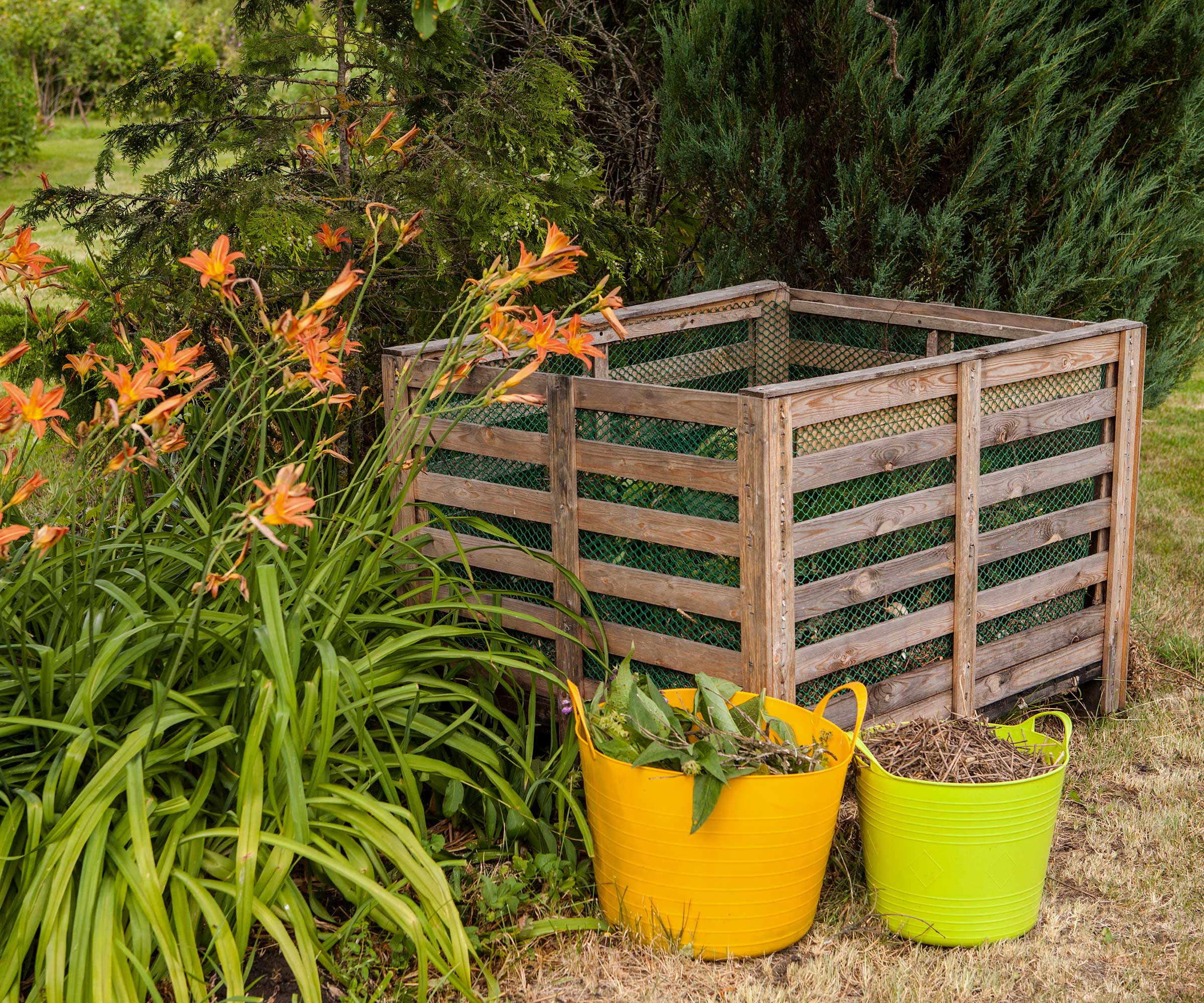
You need more brown materials than green in your compost heap
3. Letting your compost heap get too dry, or too wet
'A compost pile that is too dry will decompose slowly or not at all,' says Ben. This is because the microorganisms responsible for breaking down organic materials need moisture to thrive.
'To remedy this, water your compost pile periodically to maintain a moisture level similar to that of a wrung-out sponge,' he says.
Note that too much moisture can also be problematic. If your compost heap gets very wet – say after heavy rainfall, and isn't able to drain properly, there is a risk that anaerobic bacteria might move in. 'These do not require oxygen and will produce noxious gases, so your compost heap would end up smelling like stagnant water, or worse,' says John.
Tony O'Neill, the author of Composting Masterclass (available on Amazon) and Founder of Simplifygardening.com, shares a simple method for checking if a compost pile is too dry or too wet: 'Grab a handful of the compost and squeeze it tightly to test if the moisture level is optimal. If more than a single drop of fluid escapes, it's too wet. It has the perfect moisture content if it clumps together and breaks apart easily.'
'Ideally, compost bins should be placed on soil so that soil organisms have easy access and any excess water drains into the soil,' John continues. If your bins do get flooded, you may need to think about turning and re-aerating them, he says. Empty the bin, mix the drier and wetter material together, and then put it all back in again.
'If the bin has a lid, it will prevent the heap from becoming excessively wet, but it may also cause the contents to dry out,' John adds. 'Leave the lid off occasionally to allow rain to penetrate the heap.'
Polyethylene Outdoor Stationary Composter | $70.60 from Wayfair
This 80-gallon composter is designed to be odor resistant, while the lid will help you control the moisture levels. Compost can be easily harvested from the hatch at the bottom.
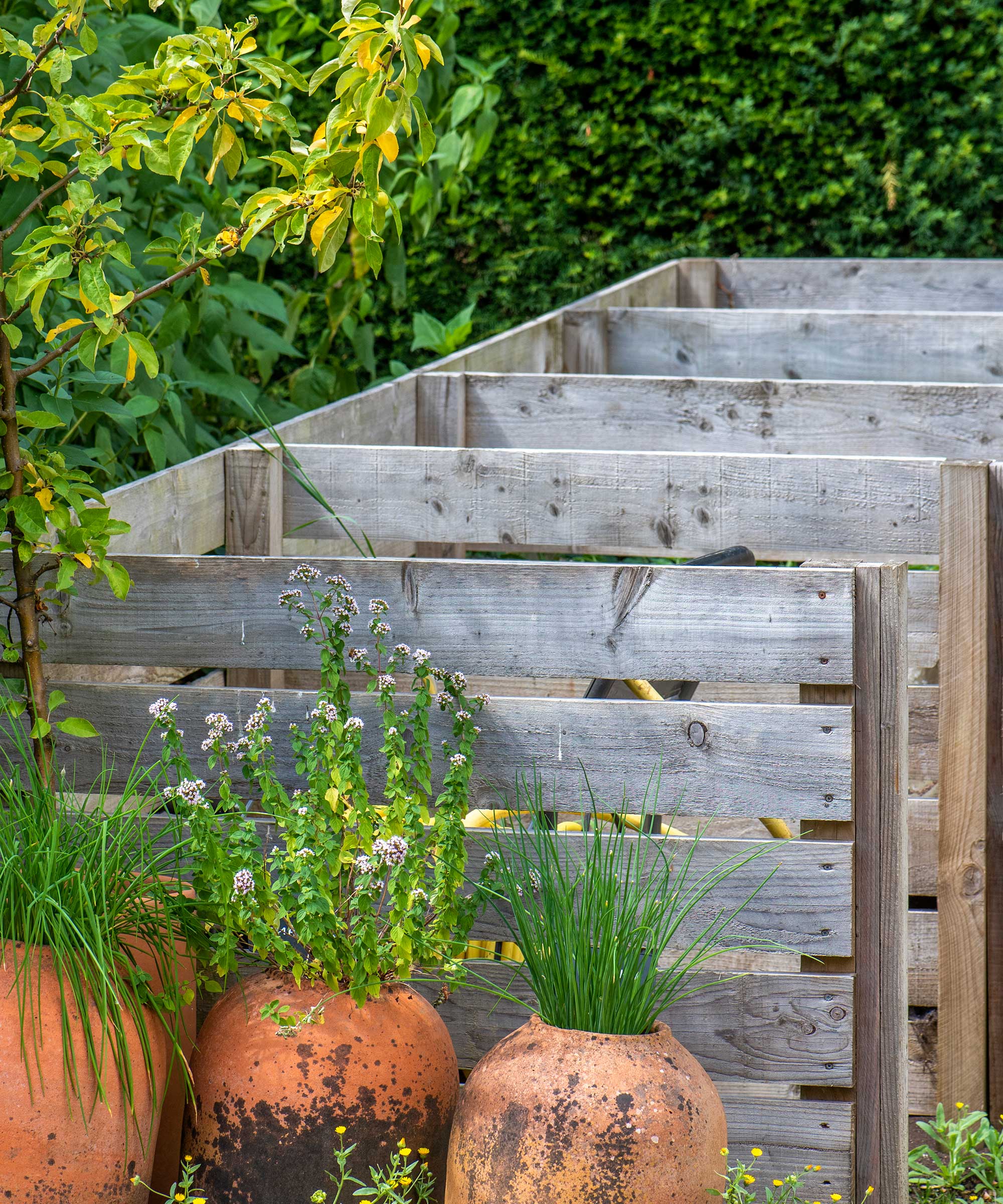
Watch out for excessive moisture in your compost bin after rainfall
4. Forgetting about wildlife
A compost heap can be a safe haven for visiting wildlife, especially during the colder months. 'Many creatures might take up residence there at this time of year to take advantage of the heat and protection it provides,' John says.
This isn't necessarily a bad thing. 'Slow worms, hedgehogs, frogs, toads and newts are all beneficial in the garden and although it might be awkward if they make themselves at home in the compost heap for the winter, your garden will benefit from their presence,' he says.
However, if you'd rather not encourage them, don't allow the heap to get too dry and keep cooked food out. 'Perhaps consider turning it regularly, but carefully, not digging too deep, to discourage all large creatures from moving in,' he adds.
5. Putting your compost bin in the wrong place
The location of your compost bin is more important than you might first think. 'Placing your pile in a shady area may prevent it from reaching optimal temperatures, while a spot that is too exposed to sun and wind can cause it to dry out quickly,' says Ben.
Think about how easy it is to access, too, as pointed out by gardener Benita Middleton. You will probably be going back and forth from the bin regularly, so avoid a tucked-away spot that's hard to get to with a wheelbarrow. If you want to hide it from the view of your patio, consider adding a chic garden screen or planting an attractive flowering shrub in front of it.
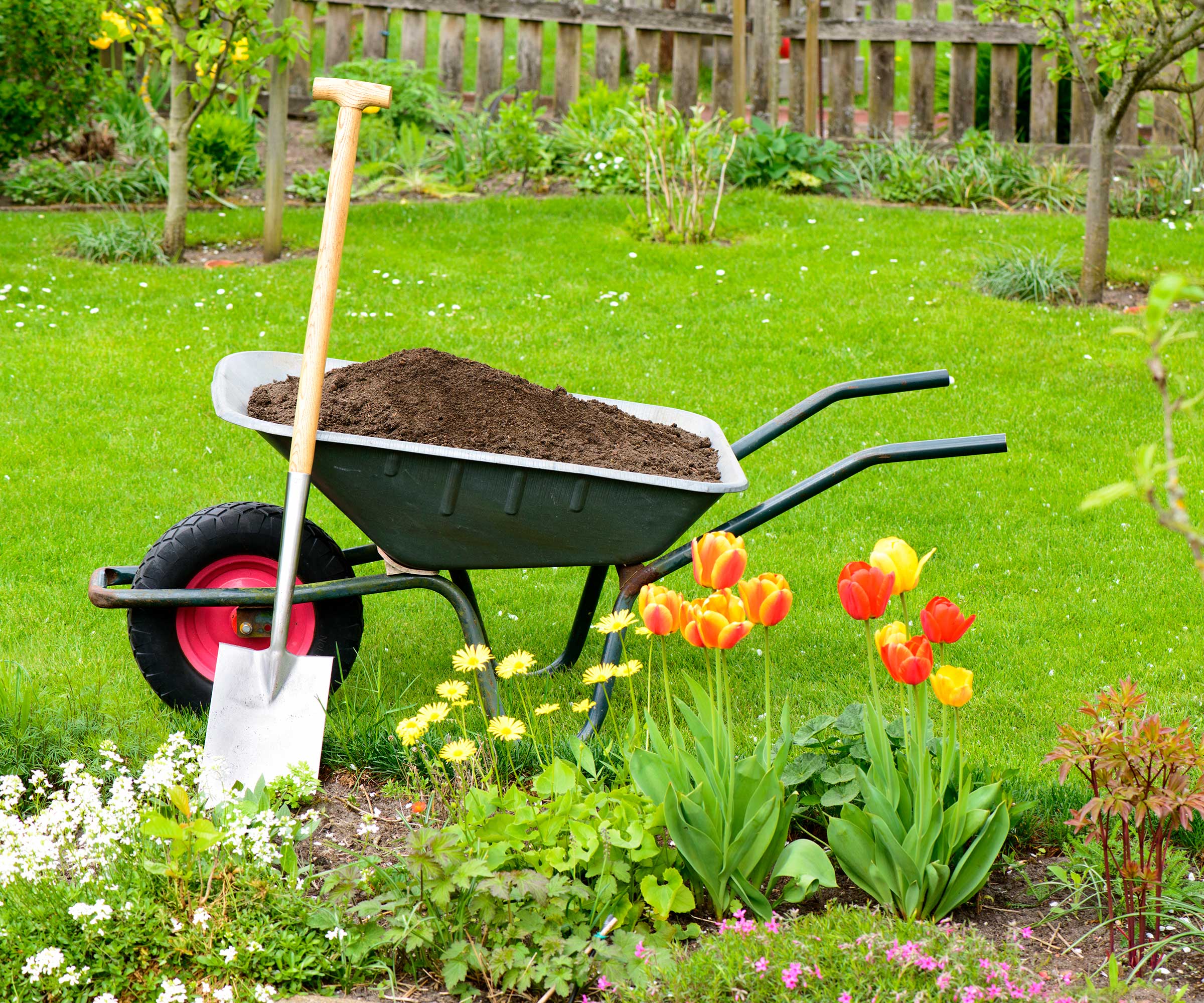
Compost is a nutritious addition to flower beds and borders
6. Not harvesting your compost quickly enough
'Allowing finished compost to remain in the pile for too long can cause it to become anaerobic and lose nutrients,' says Ben. 'Keep an eye on the decomposition process and harvest the compost when it reaches a crumbly, earthy texture.'
It can be used for various gardening endeavors to help plants grow strong and healthy. 'Use your finished compost as a soil amendment, mulch, or in homemade potting mixes to boost plant growth,' Ben says.
Dual-Chamber Tumbler Composter | $92.90 from Wayfair
Want to speed up your composting process? This 37-gallon composter, made from recycled polypropylene, delivers results in as little as two weeks.
FAQs
My compost bin is full of sand – what went wrong?
This indicates that large amounts of gritty soil were added to the heap, as explains John Negus, a gardening expert. 'Worms and bacteria have digested the green waste and left the grit, which is why the end product is mostly sand.
'However, it is nutritious and ideal for mulching roses and many other plants, but I wouldn’t use it for potting-up plants because if the heap wasn't hot enough it may be full of weed seeds and pests, and disease spores may also be present.'
My compost bin is infested with woodlice – is this a problem?
Having woodlice in your compost indicates that is it healthy and that the processes are working properly, says the Amateur Gardening magazine experts. There's no need to try and get rid of them.
'They almost always focus on eating dead plant material and by doing so they break down the leaves, stems and other debris into tiny particles on which the bacteria and fungi can get to work, reducing the plant material into nutrients to be recycled onto the garden. A good compost heap will work like a mini ecosystem and once their food has run out the woodlice will naturally reduce in numbers.'
As with many aspects of gardening, successful composting can be a learning curve. A bit of trial and error can be expected, but the good news is that most problems can be fixed with a spot of aerating, adding the proper balance of materials, and getting the moisture levels right (plus a bit of patience and perseverance). The reward of that lovely, rich compost is well worth the effort.

Holly started writing about gardening five years ago, and she is a regular contributor to Homes & Gardens. She has also written many gardening features for Woman & Home and Real Homes, too. She has previous experience as a professional gardener, where she helped to plant and maintain private gardens. Holly has also looked after allotment plots over the years and loves to grow her own flowers and veggies from seed. In her spare time, she enjoys visiting local gardens, botanical drawing, and tending to her ever-growing collection of houseplants.
